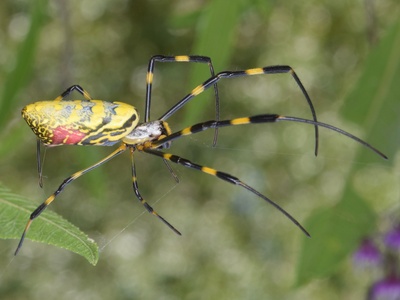This list includes 35 Common Animals that start with J, from “Jabiru” to “Junglefowl”. Many are birds or tropical species, and you can use this list for classrooms and nature walks.
[Common Animals that start with J] are common English names for animals whose names begin with the letter J. For example, jaguars feature prominently in many Indigenous American myths.
Below you’ll find the table with common name, scientific name, order, and habitat/distribution.
Common name: The everyday name you will recognize, useful for labels, classroom teaching, and quick field identification.
Scientific name: The Latin binomial gives precise species identity, helping you find authoritative information and avoid confusion.
Order: Shows the higher-level group, so you can see broad relationships and compare similar animals quickly.
Habitat/distribution: Brief notes on where each animal lives, helping you match species to regions or common field habitats.
Methodology note: Entries use widely accepted common names and concise taxonomic details to keep the list practical and reliable.
Use the A–Z index to jump between letters and find other lists quickly.
Common Animals that start with J
| Common Name | Scientific Name | Order | Habitat/Distribution | Description |
|---|---|---|---|---|
| Jaguar | Panthera onca | Carnivora | Central & South American forests and wetlands | Large spotted big cat with powerful bite and stocky build; strong swimmer and top Neotropical predator. |
| Jaguarundi | Herpailurus yagouaroundi | Carnivora | Central & South America forests and scrub | Small, weasel-like wild cat with uniform coat and long body; diurnal and tree-climbing. |
| Jackal | Various (Canidae) | Carnivora | Africa & Eurasia open habitats | General name for medium wild dog-like canids; opportunistic predators and scavengers common in plains and scrub. |
| Jackdaw | Corvus monedula | Passeriformes | Europe & western Asia | Small glossy black corvid with pale eyes and grey nape; social and often nests in cliffs or buildings. |
| Jackrabbit | Lepus (various) | Lagomorpha | North American grasslands & deserts | Large hare with very long ears and powerful hind legs; fast runner adapted to open habitats. |
| Jack snipe | Lymnocryptes minimus | Charadriiformes | Eurasian marshes & wetlands | Tiny, stocky snipe with cryptic brown plumage; secretive and favors damp grassy wetlands. |
| Jacana | Jacanidae (various) | Charadriiformes | Tropical freshwater wetlands worldwide | Tropical waders with extremely long toes that walk on floating vegetation; often brightly patterned. |
| Jabiru | Jabiru mycteria | Ciconiiformes | Neotropical wetlands from Mexico to Argentina | Very tall stork with white body and black head; distinctive huge bill for catching fish and reptiles. |
| Javelina | Tayassu tajacu | Artiodactyla | Southwestern USA to South America deserts | Pig-like peccary living in social herds, coarse bristles, stout body and tough snout. |
| Jay | Corvidae (various) | Passeriformes | Woodlands worldwide | Colorful, noisy corvids often with crests; bold feeders and smart problem-solvers in forests and gardens. |
| Japanese macaque | Macaca fuscata | Primates | Japanese islands, temperate forests | “Snow monkey” with dense fur, bathes in hot springs, lives in troops and tolerates cold climates. |
| Japanese giant salamander | Andrias japonicus | Caudata | Mountain streams in Japan | One of the world’s largest salamanders, flat head and wrinkled skin, can exceed 1.5 meters. |
| Japanese beetle | Popillia japonica | Coleoptera | Native Japan; invasive in North America | Metallic green and copper scarab that skeletonizes leaves; common garden pest attracted to lights. |
| John Dory | Zeus faber | Zeiformes | Coastal Atlantic & Indo-Pacific waters | Flattened, laterally compressed fish with a dark “thumbprint” spot; ambush predator of small fish. |
| Jellyfish | Various (Cnidaria) | Scyphozoa/Cubozoa/Hydrozoa | Coastal oceans worldwide | Gelatinous, umbrella-shaped medusae with tentacles and stinging cells; size ranges from tiny to over a meter. |
| Junebug | Phyllophaga (various) | Coleoptera | North America | Nocturnal scarab beetle often seen in summer lights; larvae feed on roots, adults on foliage. |
| Junco | Junco (genus) | Passeriformes | North America to Central America | Small sparrow-like bird, plain gray or brown with pink bill; common winter visitor in gardens and woods. |
| Jumping spider | Salticidae (various) | Araneae | Worldwide, especially tropics | Small, compact spiders with excellent vision and agile jumping hunting behavior; often colorful patterns. |
| Junglefowl | Gallus (various) | Galliformes | Forests of South & Southeast Asia | Wild relatives of domestic chickens; colorful males and ground-dwelling, omnivorous birds. |
| Jerboa | Dipodidae (various) | Rodentia | Arid regions of Africa & Asia | Tiny nocturnal hopping rodent with long hind legs and tufted tail, adapted to desert life. |
| Jewel beetle | Buprestidae (various) | Coleoptera | Worldwide, especially forests | Shiny, metallic beetles whose larvae bore into wood; prized by collectors for iridescent elytra. |
| Jackass penguin | Spheniscus demersus | Sphenisciformes | Southern African coasts | Also called African penguin; stout seabird with donkey-like bray and black-and-white plumage. |
| Jaeger | Stercorarius (various) | Charadriiformes | Oceans worldwide | Agile seabird that chases and often steals food from other birds (kleptoparasite); dark, pointed wings. |
| Japanese crane | Grus japonensis | Gruiformes | East Asian wetlands & marshes | Majestic white crane with a red crown; large, long-legged, symbol of longevity and conservation priority. |
| Japanese eel | Anguilla japonica | Anguilliformes | Western Pacific coastal and freshwater | Catadromous eel that matures in freshwater and migrates to the ocean to spawn. |
| Jawfish | Opistognathidae (various) | Perciformes | Tropical reefs, burrows in sand | Small burrowing fish, many species mouthbrood eggs and live in sand burrows near reefs. |
| Jungle cat | Felis chaus | Carnivora | Asia and parts of Africa wetlands & reedbeds | Medium-sized wild cat with long legs and sandy coat; favors dense cover near water. |
| Japanese serow | Capricornis crispus | Artiodactyla | Mountain forests of Japan | Goat-antelope with shaggy coat and short horns; solitary browser on steep slopes. |
| Japanese spider crab | Macrocheira kaempferi | Decapoda | Northwestern Pacific near Japan | Largest known crab by leg span, long spindly legs, lives on deep rocky sea floors. |
| Japanese quail | Coturnix japonica | Galliformes | East Asia grasslands & farmlands | Small ground-dwelling gamebird, brown-streaked plumage; commonly raised for eggs and meat. |
| Jumping mouse | Zapus (various) | Rodentia | North American grasslands & forests | Small nocturnal rodent with long hind legs for hopping; often nests in grasses. |
| Jack mackerel | Trachurus (various) | Carangiformes | Temperate coastal oceans worldwide | Schooling pelagic fish, important commercial species; streamlined body with silvery sides. |
| Jonah crab | Cancer borealis | Decapoda | Northwest Atlantic coastal waters | Hardy edible crab with robust claws; found in rocky bottoms and often harvested commercially. |
| Japanese waxwing | Bombycilla japonica | Passeriformes | East Asia forests and gardens | Small crested bird with pale gray plumage and waxy wing tips; feeds on berries. |
| Joro spider | Nephila clavata | Araneae | East Asia; invasive in eastern North America | Large orb-weaver with bright markings; females much larger and build strong webs. |
Descriptions
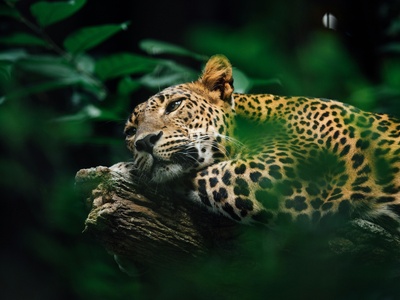
Jaguar
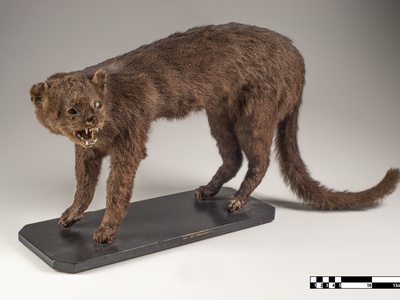
Jaguarundi
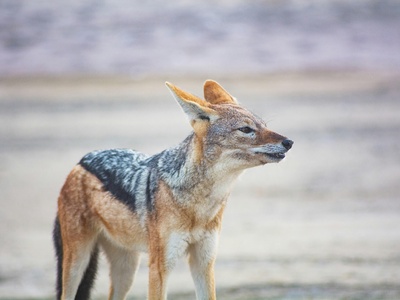
Jackal
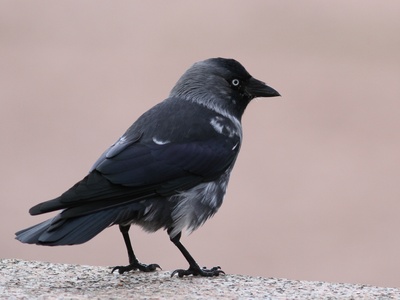
Jackdaw
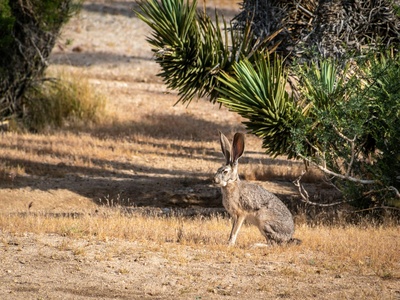
Jackrabbit
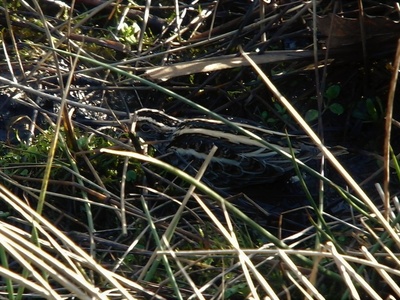
Jack snipe
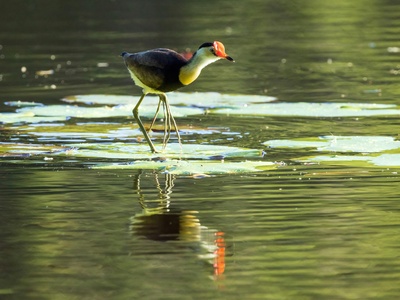
Jacana
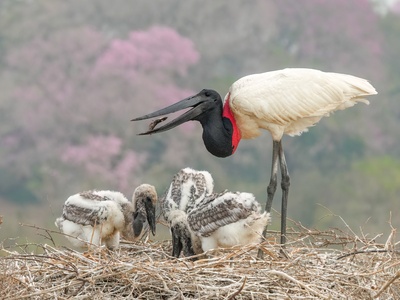
Jabiru
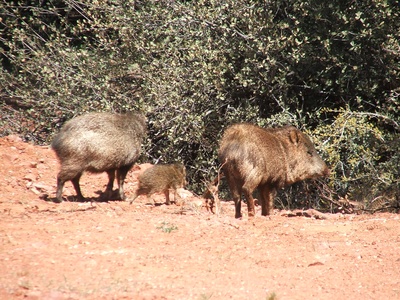
Javelina
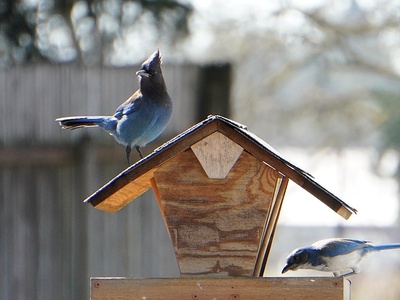
Jay
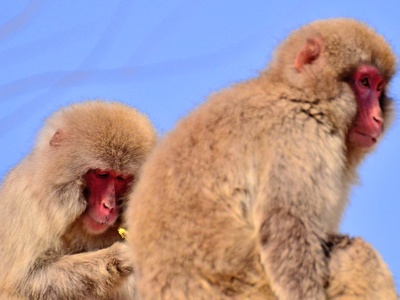
Japanese macaque
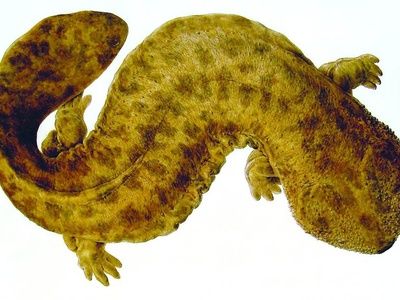
Japanese giant salamander
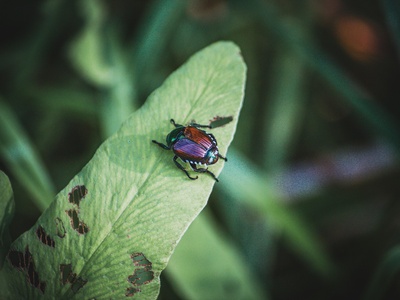
Japanese beetle
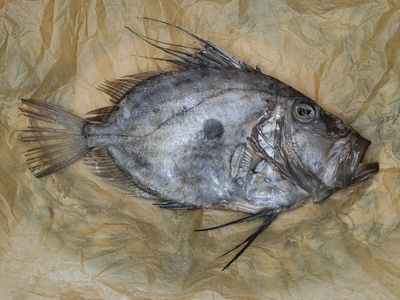
John Dory
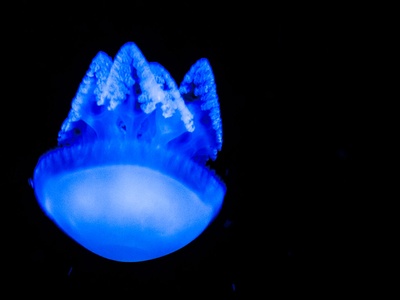
Jellyfish
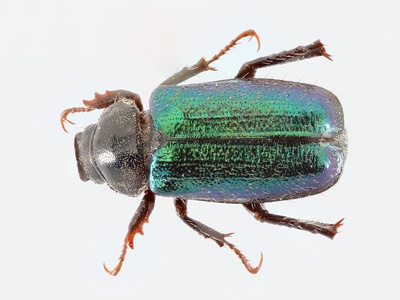
Junebug
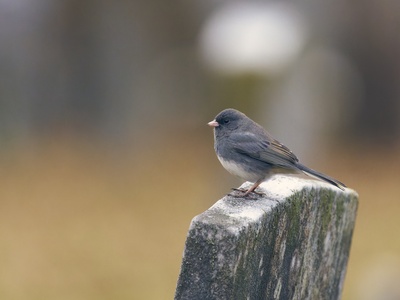
Junco
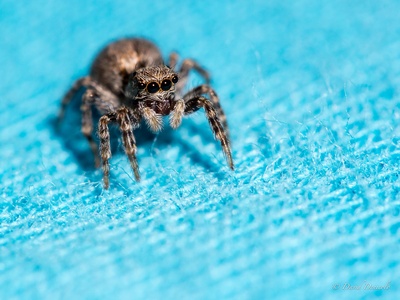
Jumping spider
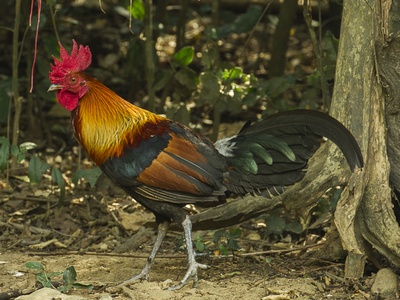
Junglefowl
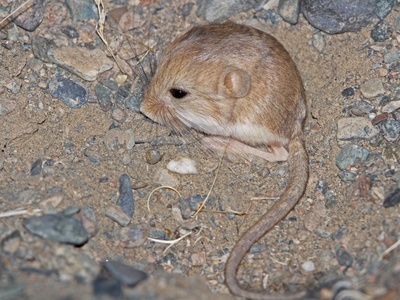
Jerboa
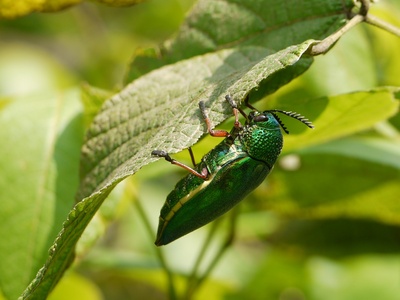
Jewel beetle
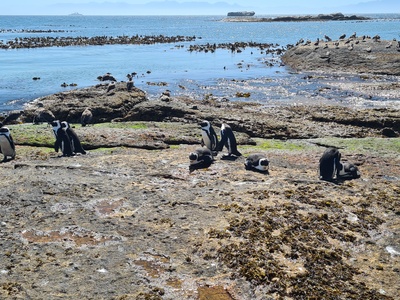
Jackass penguin
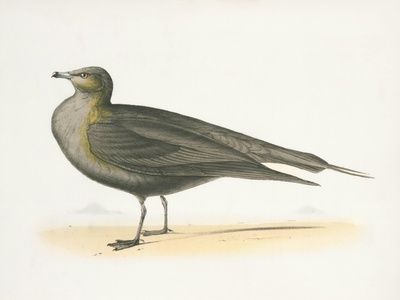
Jaeger
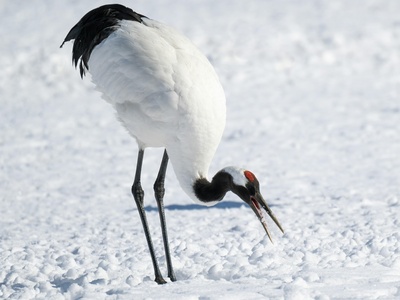
Japanese crane
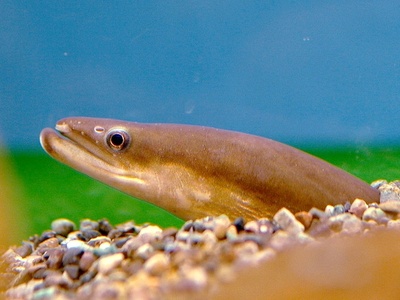
Japanese eel
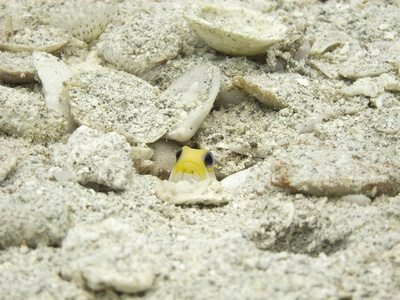
Jawfish
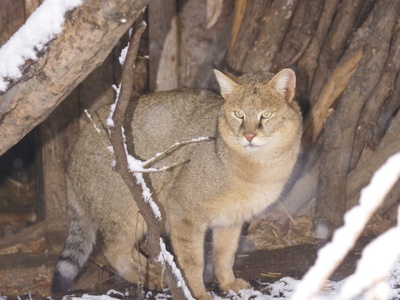
Jungle cat
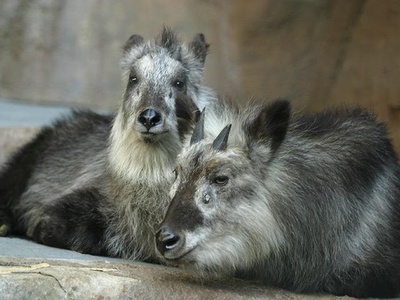
Japanese serow
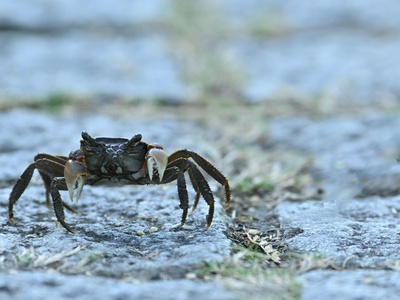
Japanese spider crab
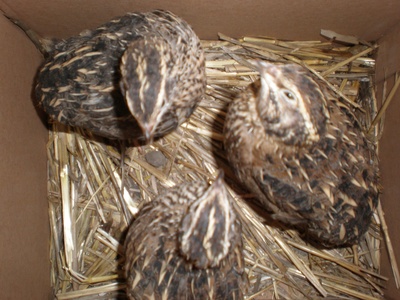
Japanese quail
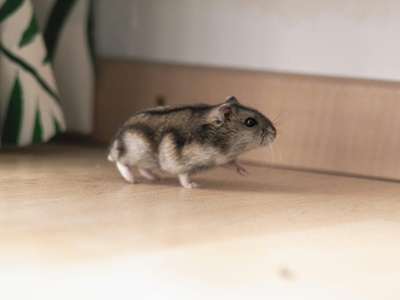
Jumping mouse
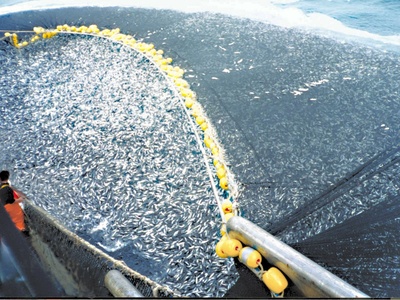
Jack mackerel
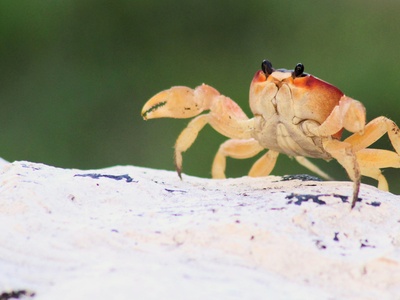
Jonah crab
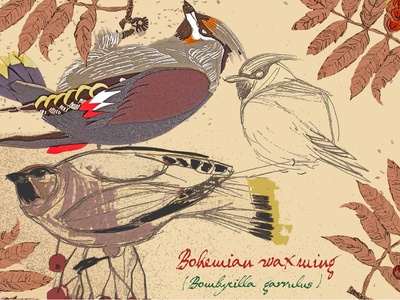
Japanese waxwing
